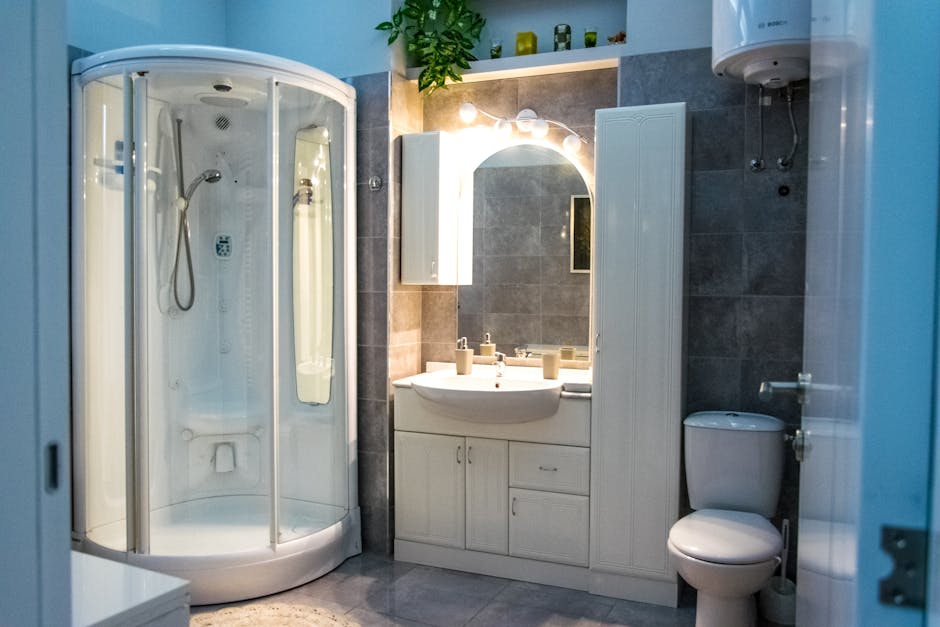Layering Your Lighting for Drama and Functionality in Indoor Home Decoration
Introduction
Layering your lighting is an essential technique in interior design, transforming a simple room into a captivating and functional space. It goes beyond just providing illumination; it’s about creating ambiance, highlighting architectural features, and catering to various activities. By strategically combining different types of light, you can achieve both drama and practicality in your home decor.
The Three Pillars of Layered Lighting
Ambient Lighting: The Foundation
Ambient lighting, also known as general lighting, provides overall illumination to a room. It’s the base layer that allows you to see and move around safely.
- Purpose: Overall illumination and safety.
- Examples: Ceiling fixtures, recessed lights, chandeliers, wall sconces (facing upwards).
- Considerations: Choose fixtures that diffuse light evenly to avoid harsh shadows. Dimmer switches can help adjust the ambient light level for different moods.
Task Lighting: Focused Functionality
Task lighting is designed to provide bright, focused illumination for specific activities, such as reading, cooking, or working.
- Purpose: To provide direct light for specific tasks.
- Examples: Desk lamps, under-cabinet lighting, reading lamps, pendant lights over kitchen islands.
- Considerations: Ensure the light source is positioned correctly to avoid glare and shadows. Choose lamps with adjustable arms and shades for maximum flexibility.
Accent Lighting: Highlighting and Drama
Accent lighting is used to highlight specific objects, architectural features, or textures in a room. It adds depth, interest, and drama.
- Purpose: To create visual interest and highlight focal points.
- Examples: Spotlights, track lighting, picture lights, uplights, and decorative lamps.
- Considerations: Accent lighting should be three times brighter than the ambient lighting to effectively draw attention. Experiment with different angles and intensities to achieve the desired effect.
Planning Your Lighting Layers
Assessing Your Space
Before you start buying lights, take a careful look at your room and consider the following:
- Room Size and Shape: Larger rooms will require more lighting than smaller ones. The shape of the room will influence the placement of fixtures.
- Existing Natural Light: Maximize natural light during the day and supplement it with artificial light as needed.
- Room Function: Different rooms have different lighting needs. A living room needs versatile lighting options, while a bedroom may prioritize softer, more relaxing light.
- Focal Points: Identify the key elements you want to highlight, such as artwork, fireplaces, or architectural details.
Choosing the Right Fixtures
The style of your lighting fixtures should complement your overall decor. Consider the following:
- Style: Choose fixtures that match your personal taste and the overall style of your home.
- Size and Scale: Ensure the fixtures are appropriately sized for the room. A chandelier that is too large or too small can look out of place.
- Bulb Type: Consider energy-efficient options like LEDs, which offer a long lifespan and low energy consumption. Choose bulbs with appropriate color temperatures for different purposes (warm white for ambiance, cool white for task lighting).
Placement and Control
Strategic placement and control options are crucial for effective layered lighting.
- Placement: Distribute light sources evenly throughout the room to avoid dark spots. Position task lighting directly over the work area. Use accent lighting to create depth and dimension.
- Control: Install dimmer switches to adjust the brightness of ambient and accent lighting. Consider smart lighting systems that allow you to control your lights remotely and create custom lighting scenes.
Lighting for Different Rooms
Living Room Lighting
The living room needs versatile lighting options for different activities, from reading to entertaining.
- Combine ambient lighting (ceiling fixture), task lighting (reading lamps), and accent lighting (spotlights on artwork).
- Use dimmer switches to create a cozy atmosphere for movie nights.
Kitchen Lighting
The kitchen needs bright, functional lighting for cooking and food preparation, as well as softer lighting for dining.
- Use recessed lights for ambient lighting, under-cabinet lights for task lighting, and pendant lights over the island for both task and accent lighting.
- Consider installing a light fixture over the dining table for a more intimate dining experience.
Bedroom Lighting
The bedroom needs soft, relaxing lighting for creating a calming atmosphere.
- Use bedside lamps for reading, a ceiling fan with a light fixture for ambient lighting, and wall sconces for accent lighting.
- Avoid harsh overhead lighting and opt for dimmer switches to create a more relaxing environment.
Conclusion
Layered lighting is a powerful tool for transforming your home into a more beautiful, functional, and inviting space. By understanding the three types of lighting – ambient, task, and accent – and carefully planning your lighting scheme, you can create a dramatic and well-lit environment that enhances your everyday life. Experiment with different fixtures, placements, and control options to find the perfect lighting solution for your home.














Post Comment